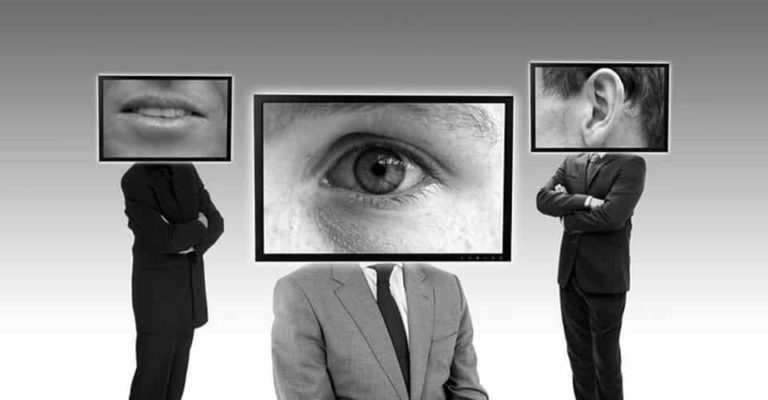
3 This is often thought of as “cherrypicking,” although cherrypicking facts to support one’s views is usually done consciously. What it is: The confirmation bias is when you look for and only use “facts” that support your pre-existing beliefs while, at the same time, ignoring any information to the contrary. 2 But these are arguably the most common and important cognitive biases that we regularly fall victim to. This list of biases is by no means exhaustive. Understanding these biases is important because they not only help us stop lying to ourselves, but they also help us empathize and understand the perspectives of others.

Below is a summary of some of the more prominent cognitive biases and how they affect our perceptions.
ACTOR OBSERVER BIAS SOFTWARE
This graphic design software of our minds is what psychologists call “cognitive biases,” and we all have them. You and I can look at the same scene of the same party, yet our internal graphic design software alters it in completely different ways. So when we sit around and think, “If only people could see what I see to be true,” without knowing it, we mean that literally- people can’t see exactly what we see. Our self-interest dictates our interpretations. And like the computer, your subconscious alters what you perceive in highly predictable ways. Few conversations are happening and the ones that are seem forced. People appear to be slouched in corners, staring intently at their feet. And like a genie obeying your wishes, the party is quickly morphed into a stultifying, tepid affair. Now, let’s say you tell the computer that this party, whatever it is, clearly sucks. Voila! The computer morphs the clothing and jewelry and hairstyles of everyone in the picture to look drab, cheap, and mundane. Now, pretend you tell the computer screen you want to feel rich. And let’s say as if by magic, the computer’s algorithm gradually edits the image to make it look as though each blonde-haired person has a smug, condescending, highly-punchable look on their face. Now, imagine that you tell the computer you want to believe that everyone with blonde hair is an asshole. Imagine that you’re looking at an image on a computer screen of a big party somewhere. It turns out that our perceptions and reasoning are heavily influenced by cognitive biases. It turns out that we are not very objective in our beliefs.
/464675167-56a7933a5f9b58b7d0ebd5d3.jpg)
And spoiler alert: what is useful is usually not true. Here’s a factoid to ruin your Sunday morning breakfast: the human mind did not evolve to be good at understanding truth-the human mind evolved to be good at understanding what is most useful for the human mind. The perception that we understand life in a way that nobody else does is an inherent facet of our psychology.

I know you think this because everyone thinks this. You’re thinking, “How are there so many idiots in the world who can’t seem to see what is right in front of them?” You’re thinking, “Why do *I* seem to be blessed (or cursed) with the ability to see truth through a torrential downpour of bullshit?” You’re thinking “What can I do to make people understand? How can I make them see what I see?”


 0 kommentar(er)
0 kommentar(er)
